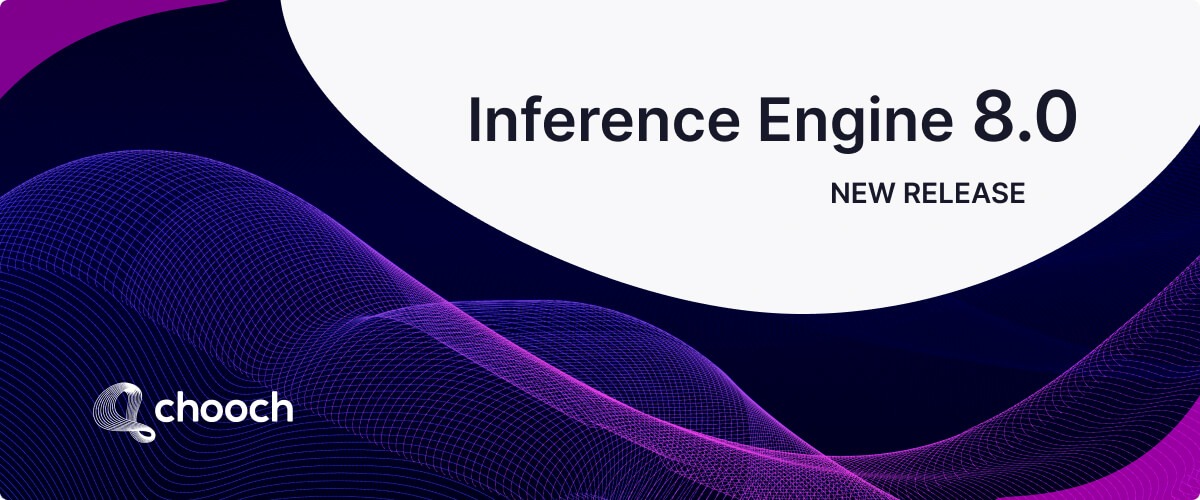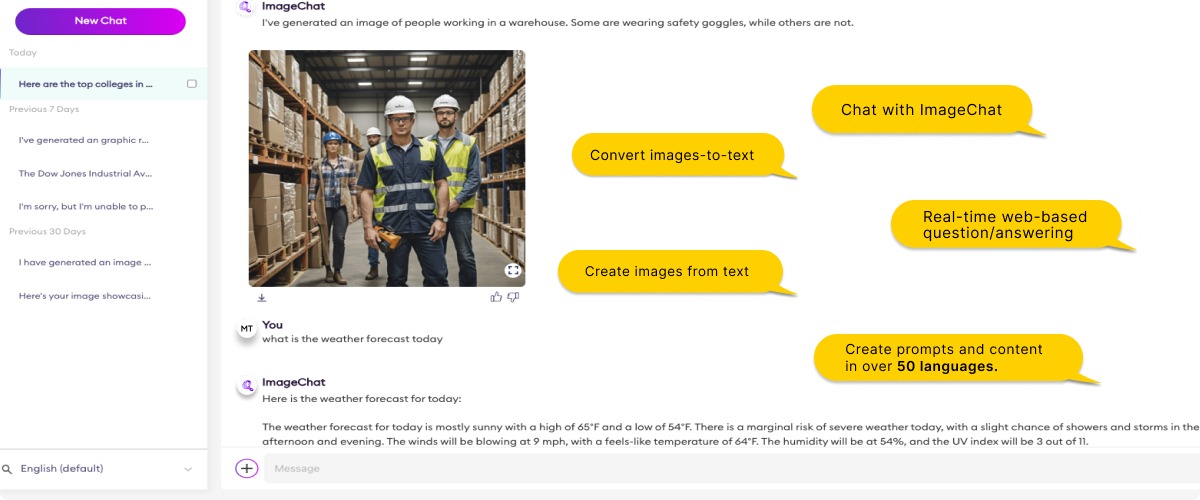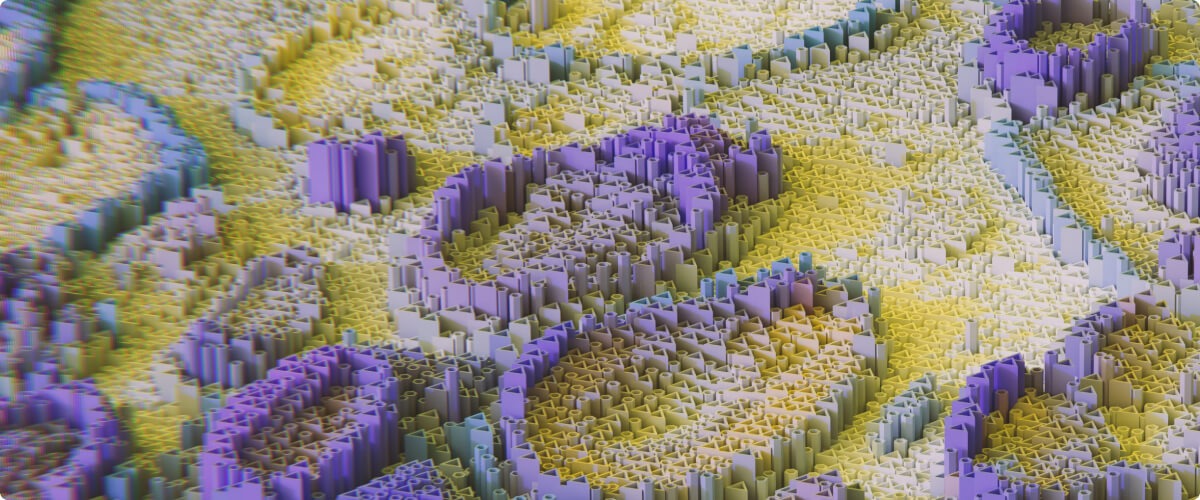We are witnessing an extraordinary technological transformation, and at the heart of this revolution lies generative artificial intelligence (AI). The rapid evolution of this technology has been profound, marking a significant turning point comparable to the revolutionary impact of the iPhone on mobile technology.
This high-level guide explores how generative AI is advancing computer vision, the business benefits and use cases, risks to be aware of, and the next steps when considering deploying Generative AI in computer vision.
What is generative AI
Before delving into the details, let’s grasp the basics of generative AI. Generative AI refers to the subset of AI that produces new, unique content such as text, images, audio, video, or code. Unlike traditional AI designed to recognize patterns or classify data, generative AI aims to create new data with similar characteristics, following the patterns seen in the existing data.
This content is produced based on information that the user inputs, which consists of prompts, typically short instructional texts. The technology behind this process is known as Prompt Engineering. A user designs and formulates prompts or instructions for a natural language processing (NLP) model to generate desired responses. It involves crafting the input text in a way that encourages the model to produce specific, accurate, or useful outputs.
Many generative AI models have been trained on large volumes of data, including publicly available data from the Internet. Based on the training data, these models generate statistically likely content in response to a prompt. Users can provide feedback or change their prompt to refine the response.
Examples of generative AI tools include chatbots such as ChatGPT and Bing Chat; GitHub Copilot, which produces code based on text prompts; and DALL-E, Midjourney and Stable Diffusion, which produce images from text or image prompts; and ImageChat which combines image and language understanding for using prompts to query images, video, and documents and receive text responses back.
The Role of generative AI in computer vision
Generative AI in computer vision has unlocked new possibilities for visual content creation and analysis. Computer vision enables computers to understand, interpret, and analyze visual information, and is benefiting from the advancements in generative AI.
By leveraging generative AI techniques, computer vision algorithms can now learn and make predictions from a wider range of data, leading to more accurate and robust visual analysis.
Enhancing computer vision with generative AI
Computer vision algorithms traditionally rely on human-labeled datasets to learn and make predictions. However, this approach has limitations in terms of scale and accuracy.
Three ways Generative AI addresses these challenges is by:
1. Increasing the diversity of training data
Generative models that incorporate both vision and language understanding enable contextual understanding of visual data and create textual descriptions for images. Large Language Models (LLMs) models, a specific category within generative AI, excel at language understanding and can generate human-like text, translate languages, answer questions, and perform a wide range of language-related tasks.
Because LLMs are trained on large datasets from various sources, they can handle all sorts of image and video analysis tasks with minimal task-specific labeled data.
This enhanced data diversity improves computer vision systems to analyze and interpret visual information accurately and proving to be valuable for tasks where understanding and generating content are intertwined.
2. Generating synthetic images
In addition to improving data diversity, generative AI can also enhance computer vision algorithms by generating realistic data samples for training purposes. For example, in object detection and recognition tasks, generative AI can create synthetic images that simulate various environmental conditions, such as lighting changes, occlusions, and different camera perspectives.
This synthetic data can significantly improve the robustness and generalization capabilities of computer vision models. By training on a variety of synthetic images, computer vision algorithms can better handle real-world scenarios.
3. Augmenting datasets
Generative AI can also be used to generate realistic data samples for training computer vision models in specialized domains. For instance, in medical imaging, generative AI can create synthetic images that mimic distinct types of diseases or anomalies, allowing computer vision algorithms to learn and detect these conditions more effectively.
The fusion of generative AI and computer vision has expanded possibilities in visual content creation and analysis. This combination allows computer vision algorithms to learn from diverse data, enhancing accuracy and performance in real-world scenarios. The potential of generative AI and computer vision is vast, continually pushing the boundaries of visual analysis.
Generative AI use cases for computer vision
Generative AI has found numerous applications in computer vision, enabling breakthroughs in various domains.
Here are some key use cases where generative AI has demonstrated its potential:
Improving digital asset management
Generative AI in combination with computer vision can generate more descriptive natural language captions for images, improving content tagging and metadata generation. By improving computer vision’s visual content understanding, content search and discovery is faster, more precise, and more tailored to individual preferences.
Creating marketing content
Image-to-text generative models are helping marketers create more descriptive, personalized textual descriptions of visual images. Using computer vision to identify key visual elements in content, generative AI can automatically generate diverse and contextually relevant text or captions, saving time and resources for marketers.
Automating manufacturing quality assurance processes
Integrating Large Language Models (LLMs) with computer vision helps to better understand the relationships or patterns between different datasets or variables and whether there is a cause-and-effect relationship. Generative models can learn normal patterns in manufacturing processes and materials, and computer vision can then detect anomalies or deviations from these patterns. Together, they enhance the manual visual inspection process by automating detection of potential production quality issues with greater accuracy.
Improving content moderation
Generative AI can enrich image datasets with textual annotations, making it easier for computer vision models to understand and interpret the content of images. Generative AI can automatically generate descriptions for NSFW flagged content, making it easier for computer vision models to better detect and categorize unsafe images.
Enhancing privacy of visual information
Generative AI models can reconstruct missing portions of images due to sensor errors or occlusions. It is particularly helpful when removing unwanted objects or elements from an image or video. For instance, it can be applied to seamlessly eliminate imperfections in a portrait or conceal sensitive information, like faces or license plates, ensuring enhanced privacy and data protection.
Improving natural language dialogues
Computer vision can analyze images and generate textual descriptions, and generative AI takes it a step further by improving the quality and natural language fluency of these descriptions, particularly beneficial for chatbots. This enables meaningful dialogues between humans and machines regarding what is seen in visual media and generate responses or additional context based on images, facilitating more interactive and informative conversations about visual content.
Enhancing product recommendation engines
Generative AI enables computer vision systems to gain a deeper comprehension of visual contents’ significance, known as semantic understanding. Not only can objects be detected in visuals and video but also understand how they interact with one another within a scene. This is particularly helpful in e-commerce to improve product recommendations, such as “Complete the Look,” showing shoppers similar or complementary products and generating coherent and contextually relevant textual content in response to queries or prompts.
Understanding the risks of GenAI-augmented computer vision
However, along with the promising advancements, there are also challenges that need to be addressed. As AI-generated data becomes more prevalent, future datasets may be composed of AI-generated content. Using AI-generated data for training AI models has both benefits and risks.
When thinking about generative AI and computer vision, it is important to be aware of the risks:
Inaccuracies and bias
Despite improvements, generative AI occasionally “hallucinates” facts and makes reasoning errors. It has also generated output that represents social biases and world views derived from its training data.
Privacy and information security
AI can improve model performance; it might inadvertently amplify privacy risks if it generates sensitive content or identifies hidden patterns in the data.
Feedback loop
The use of AI-generated data in training could create a feedback loop where future AI models are trained on data generated by previous AI models. This raises important questions about the quality, reliability, and stability of future AI systems.
Generative AI technology providers are actively working to mitigate these risks by updating AI models and diversifying data sources as well as upholding ethical standards. When evaluating GenAI technology vendors and applications, buyers should ensure vendors have strong commercial agreements with control over prompt content and data used for training. Sensitive information should be blocked from training, and non-retention terms should be considered.
ImageChat — The future of generative AI for computer vision tasks
Generative AI has the power to transform various industries by unlocking new creative possibilities and transforming how content is created. However, it is also driving further advancements in computer vision and providing organizations with the tools needed to apply advanced computer vision and language understanding to the broadest variety of use cases to solve a range of business challenges.
Using text prompts, users can automatically query video streams and images for faster analysis and detection. ImageChat can automate frequent questions, generate metadata, and detect actions initiating real-time alerts to people or business systems for faster response.
ImageChat provides organizations with the tools needed to apply advanced computer vision and language understanding to the broadest variety of use cases to solve a range of business challenges.
Get started with ImageChat
Are you ready to unleash your creativity and embark on a journey of artistic exploration and innovation? Dive into the latest release of ImageChat and experience the power of transforming text-to-images, images-to-text or simply chat with ImageChat. Create your free ImageChat account today or download the mobile app from the Apple store. Join the community of ImageChat users today!















